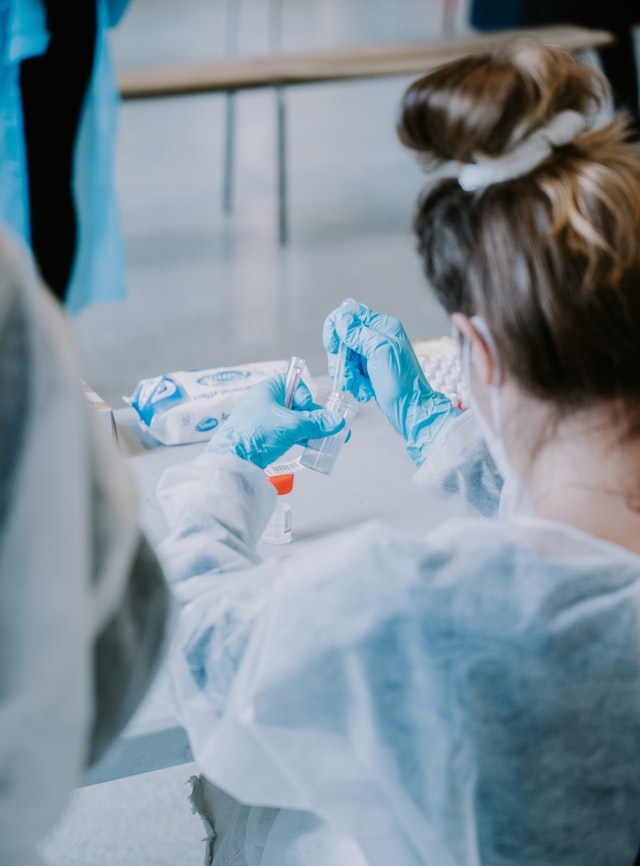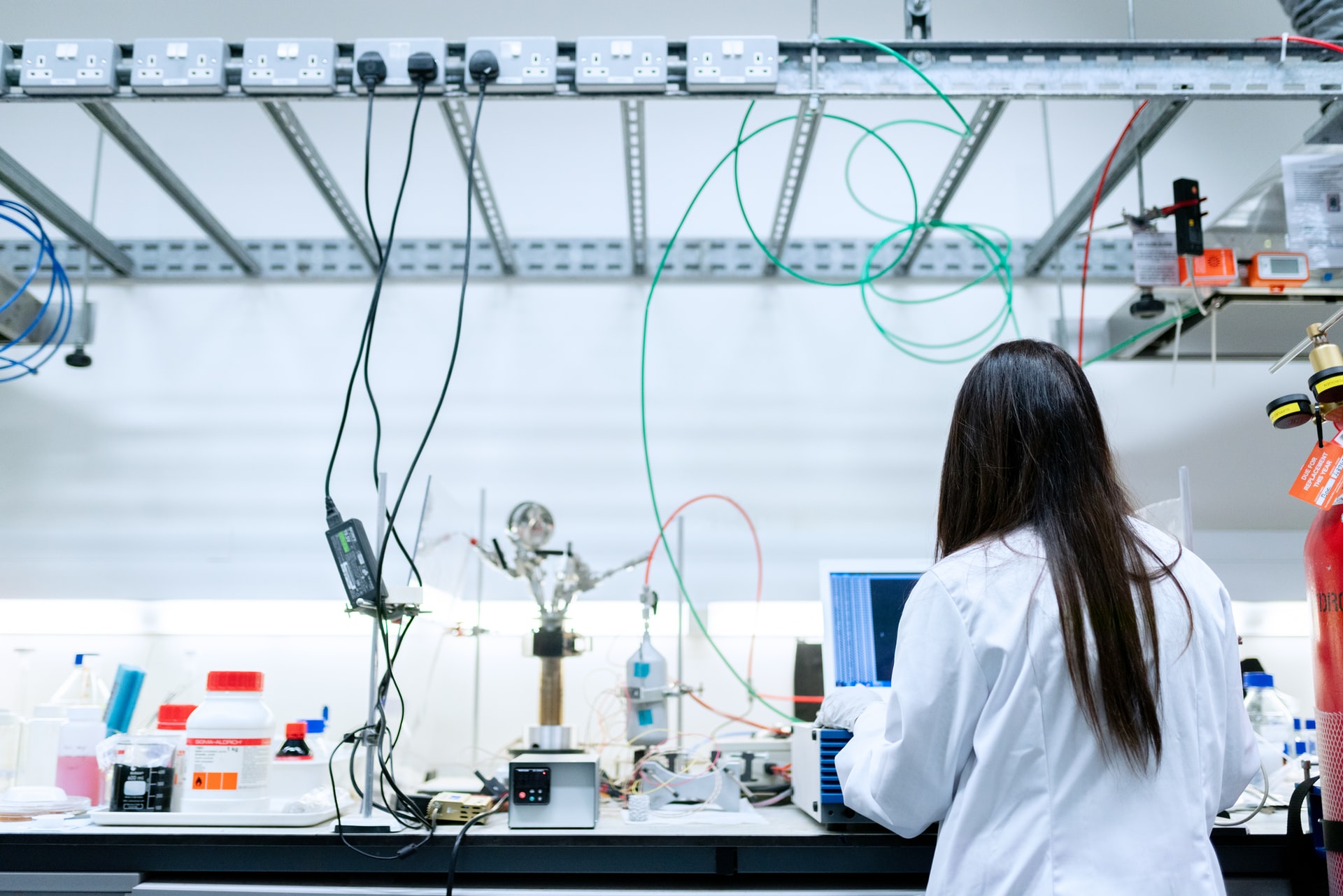The Endocannabinoid System
While the war on drugs was raging in the 80’s, medical researchers were uncovering groundbreaking information conveniently hidden to the majority of the public regarding cannabis. Researchers studying the psychoactive effects of THC determined that it was through engagement with specialized cell receptors which produced the “high” associated with marijuana consumption. Thus birthed the unearthing of the endocannabinoid system (ECS), an active and complex cell signaling network.
The two most well understood endocannabinoids being produced by ECS are anandamide (AEA) and 2-arachidonoylyglyerol-2 (2-AG). These endocannabinoids stimulate your CB1 and CB2 receptors in order to achieve homeostasis, a state of equilibrium. These receptors are located throughout the body and many tissues contain both receptors. The CB1 receptors are mostly found in the central nervous system and CB2 receptors are mostly found in the peripheral nervous system, especially immune cells. There is currently research being done surrounding the possibility of a third receptor as well, but nothing substantial has been published. We know THC binds to both the CB1 and CB2 receptor, however CBD does not bind with either receptor. Instead, it interacts with them indirectly. It does however, activate the TRPV1 receptor. Some researchers believe CBD is binding with that third receptor which has yet to be identified.
These endocannabinoids stimulate your CB1 and CB2 receptors in order to achieve homeostasis, a state of equilibrium. These receptors are located throughout the body and many tissues contain both receptors.
This research is leading many doctors to begin learning how to use phytocannabinoids in order to enhance how the body utilizes ECS. The prefix “phyto” signifies plant derived while the prefix “endo” refers to the endogenous nature of a compound. Basically, cannabinoids in the plant can enhance the endocannabinoids already present in your body. They can also act as a key to opening your CB1 and CB2 receptors which allows them to work more effectively.
ECS has been found to be a potent regulator of brain activity, hormonal function and immune response. Endocannabinoids are at play as we deal with stress, hunger, sleep, illness and emotions. This could be the answer to as to why cannabis is seen as a cure all by so many of its proponents. Our body’s ability to use and breakdown these compounds naturally is shedding much needed light on how to use cannabis effectively for a variety of issues.

Dr. Ethan Russo, the Director of Research and Development at the International Cannabis and Cannabinoid Institute, made some eye opening discoveries in 2001 suggesting the endocannabinoid system can be deficient. His theory is many of the diseases seen on a massive level stem from a deficient ECS.
Russo says ailments such as migraines, fibromyalgia and irritable bowel syndrome are all likely issues caused by a deficient ECS.
Since we know our CB1 and CB2 receptors use endocannabinoids in order to maintain physical and emotional health, it makes sense that there would be a fallout on various levels if they are not working as intended. Russo says ailments such as migraines, fibromyalgia and irritable bowel syndrome are all likely issues caused by a deficient ECS. Further evidence suggests that autism and post traumatic stress disorder may also fall under this umbrella.
Although research about cannabis was stymied by the federal government, researchers have been studying ECS for more than 30 years, yet there is not much attention given to the subject in medical schools. A 2018 study done by the Washington School of Medicine showed that just nine percent of medical schools teach their students about medical cannabis.
“In my opinion, the media attention [on the endocannabinoid system] is not yet sufficient,” says Russo, “as the scientific evidence behind the theory is now quite solid based on serum and cerebrospinal fluid tests and other data.” He is referring to tests conducted in patients with schizophrenia, migraine, and epilepsy. In each of these conditions, patients exhibited a dysregulation of endocannabinoid molecules in their cerebrospinal fluid. In post-traumatic stress, scientists at the New York University Langone Medical Center made a similar finding back in 2013. Compared with controls, PTSD patients demonstrated reduced endocannabinoid circulation.
Hopefully with time will come more research to help us better understand deficiencies in the ECS, which ideally will lead to new therapeutic treatments for ailments which are often resistant to treatment. In the interim we will use the knowledge we have to best help our patients as we all navigate these exciting new discoveries. Please reach out to us with any questions you may have about Arizona Medical Marijuana, we’d love to help you on your cannabis journey.




0 Comments